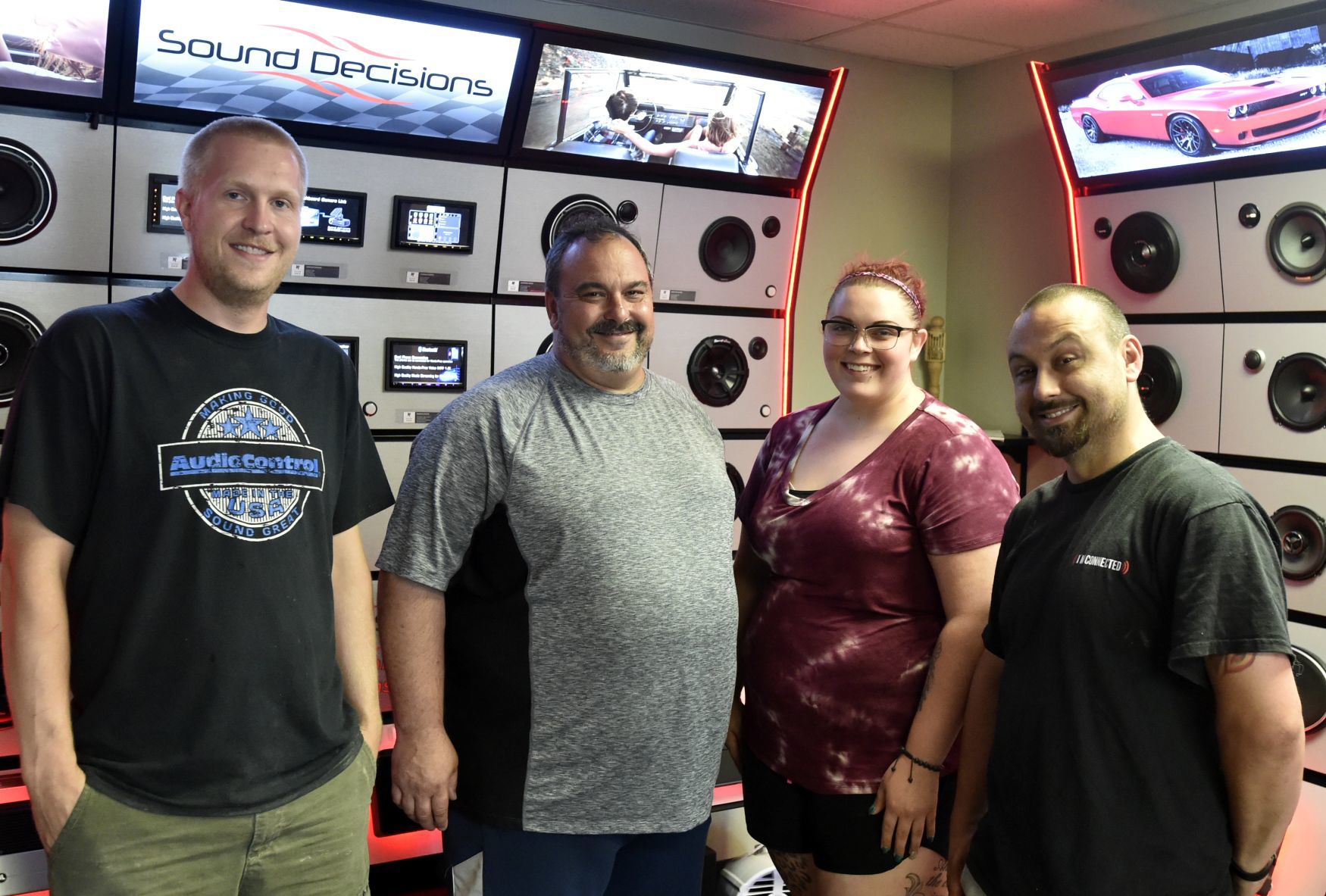


“The limits of variability are real,” Zielke said.īut you can build in a certain amount of variability: The concert hall will have features such as adjustable banners and curtains that can adjust the amount of reverberation in the room – the more reverb in a space, the “wetter” or “more live” it is, in the lingo of acousticians. But, as Cooper explained, it’s impossible to create a space that is equally accommodating for every type of sound – from, say, speech, all the way to the thunderous sounds of an organ. Zielke wanted a concert hall that would work for as many different types of sound as possible. “But if you don’t want to hear the train, you can’t put in windows.”Īmong the tools Cooper and Jaffe Holden prepared for the project was a modeling presentation – essentially using computers to show how different sorts of sound – even down to the music made by different instruments – would travel from the concert hall’s stage to listeners, regardless of where they were sitting in the 500-seat facility. Cooper pointed out the train tracks across the street.
#Sound decisions how to
Zielke appreciated that: “It was really important to me that Jaffe Holden understood how to create beautiful sound, quality of sound – and that has to do with materials.”Įarly on, Cooper identified one potential trouble spot for the concert hall’s acoustics: Initial plans called for it to include windows. “And he can then have the confidence that someone of his ilk is talking to him and understands his concerns.” “With Steve, I can talk music to him,” Cooper said. Steven Zielke, OSU’s Patricia Valian Reser professor of music and director of choral studies, who’s been involved with the development of the Arts and Education Complex since the beginning. That experience performing music gives Cooper the language to speak to musicians like Dr. (Jaffe Holden designed the acoustical performance and details of the Norwalk Concert Hall.) He’s played timpani with the Norwalk Symphony Orchestra in Connecticut since 1981.

Jaffe Holden’s portfolio includes projects at the Seattle Opera House, the Terrace Theater at The Kennedy Center, The Hollywood Bowl and the new Academy Museum of Motion Pictures in Los Angeles.Ĭooper brought another qualification to the job: He’s a musician who earned a double major at the University of Hartford in percussion performance and engineering acoustics. Otte turned to Russell Cooper of Jaffe Holden, a nationally known architectural consulting and acoustic design firm. But Otte and his colleagues at Holst knew from the start that they needed world-class acousticians as partners on the project – especially since one of the goals was to create a concert hall that boasts what he called “the most acoustically pure space in the state of Oregon.” There’s a definite science to it.”Īrchitects do get some training in acoustics, Otte said. Dave Otte of Holst Architecture in Portland, the firm that’s handling the architectural work for the project, understands how even the smallest detail can make a big difference in fine-tuning how a building sounds: “Every decision you make, from what you make the walls out of to how thick the walls are, how they’re shaped, where there’s void and where there’s solid, what types of instruments or voices are you expecting to have playing in the space, is the space supposed to be flexible or specific for a certain type of acoustics – all of these things play into every single little decision down to the specification of what kind of wood paneling you’re using, the shaping of the ceiling, how you balance natural acoustics versus amplified sound.


 0 kommentar(er)
0 kommentar(er)
